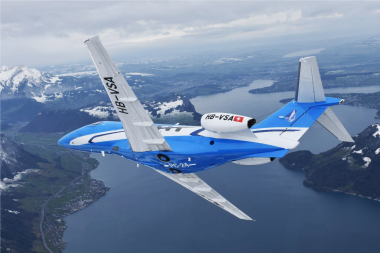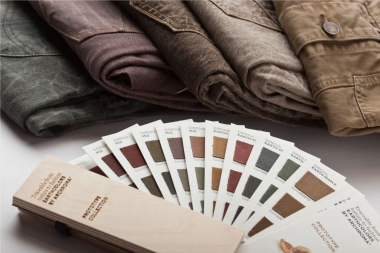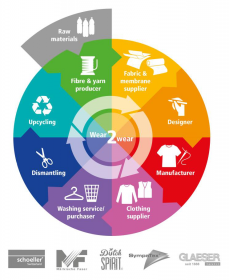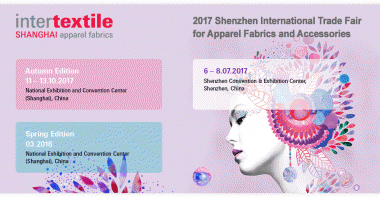Pilatus aircraft ltd PC-24 super versatile jet built with Hexcel composite materials on display at geneva show
Pilatus is displaying the PC-24 at the European Business Aviation Convention and Exhibition, taking place in Geneva on May 22-24. This highly versatile jet is able to take off and land on very short runways and unpaved strips due in part to the composite-intensive structure, which makes great use of Hexcel’s composite materials and adhesive.
Hexcel’s HexPly® 8552 woven prepreg in carbon and glass variants is used to manufacture a number of the aircraft components including the belly fairing, which is the largest composite structure on the aircraft. HexPly® 8552 is one of Hexcel’s most successful and widely used prepregs for aircraft programs including commercial aircraft and fighter jets. Hexcel’s Redux® 319 epoxy film adhesive is also used for bonding the composite structures. The PC-24 is in the final stages of its certification program following the first flight of the third and final test aircraft on March 6 2017. The aircraft is scheduled for certification and entry into service in the 4th quarter 2017. Pilatus has so far secured 84 orders for the PC-24, which equates to three years of production.
Pilatus, Hexcel, Jet
AGENCE APOCOPE









